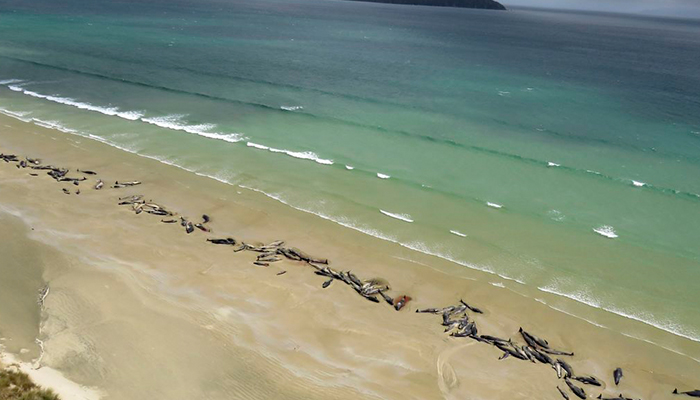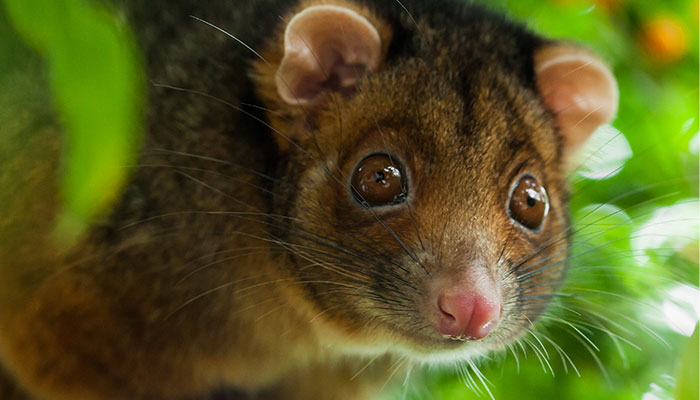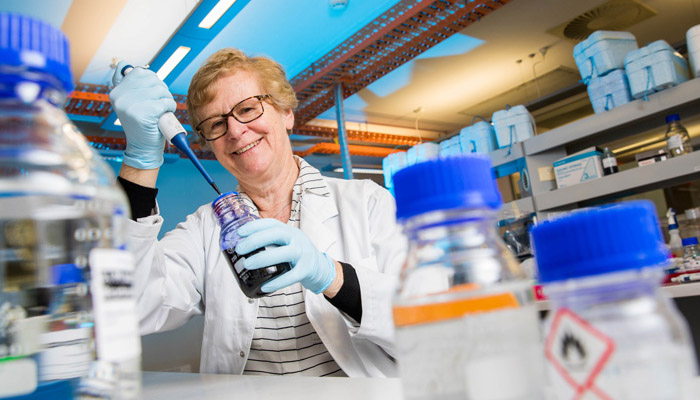It’s no surprise that Australian bush foods and medicines are a source of interest for drug discovery. New pharmaceuticals are often based on compounds found in nature - the classic example being aspirin from willow bark, while medication used to treat high blood pressure is derived from a Brazilian viper’s venom.
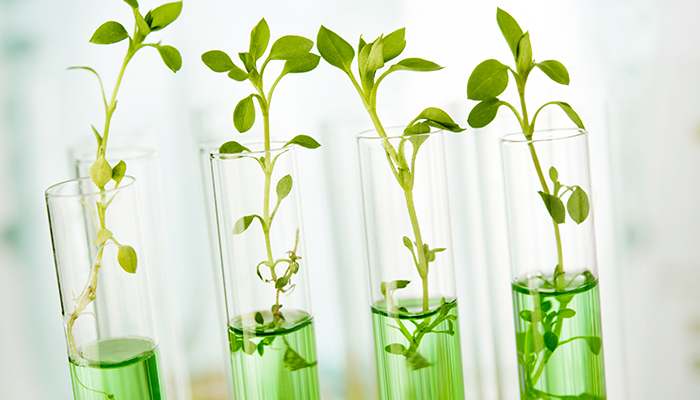
Deep roots: Macquarie University researchers are working to preserve customary Indigenous knowledge of bush medicine which has been passed down for generations.
Now new plant-based remedies which could be used in modern medicine are being uncovered thanks to a close collaboration between Macquarie University and the Yaegl community in northern NSW.
Associate Professor of Molecular Chemistry Joanne Jamie is the Co-Director of Macquarie’s Indigenous Bioresources Research Group, along with medical microbiologist Associate Professor Subramanyam Vemulpad. They work directly with the community to document and preserve customary indigenous knowledge – traditional and contemporary. They focus on medicinal plants and the chemical and biological properties of the active compounds.
Like others in Australia, the premature deaths of the custodians of Yaegl traditional knowledge meant this community lost much of its cultural memory - a personal tragedy but also a cultural, economic and intellectual one. There is great urgency about protecting what customary knowledge remains and using it to benefit communities.
Our involvement with Indigenous youth came out of our desire to ensure benefits for the communities
Jamie, her Macquarie University colleagues and the Yaegl Elders began a conversation about bush medicine in 2002. Back at the lab, they have been working on finding out the constituents in traditional remedies and how they work – identifying, for example, the antibacterial compounds in a plant (Alphitonia excelsa) used for treating sores and wounds. This is a common Australian species, also known as red ash, soap tree, and mountain ash.
Right now, they’re looking at a plant traditionally used for diabetes and general wellbeing, and another that treats sores.
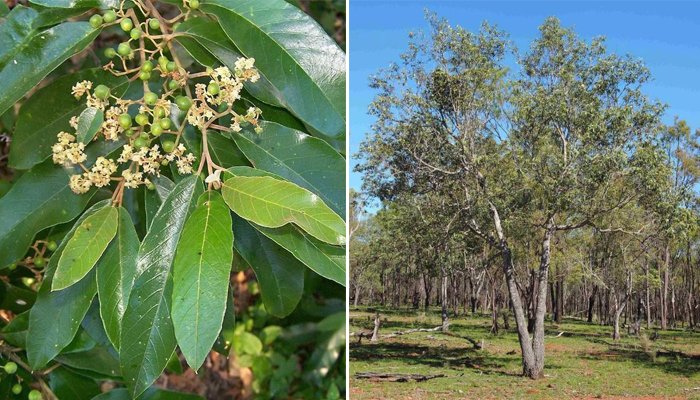
Healing powers: Macquarie University researchers are working with Yaegl Elders to uncover the antibacterial compounds in the Red Ash tree.
“They have really interesting activities and molecules that align with their medicinal uses," says Jamie, who is also co-director of the National Indigenous Science Education Program (NISEP).
Yaegl Elders have co-authored research articles in refereed journals with Jamie and Vemulpad. Income from a customary medicine handbook, used for ecotourism and education, helps to fund education programs for Yaegl youth.
If lab work proves rewarding financially as well as intellectually, collaborative agreements already in place make sure any commercial outcomes are jointly owned. But this is only one part of the partnership.
From medicine to education
In 2004, during a gathering about developing plant research, everything changed. The Elders spoke about educational inequality affecting their young people, asking, “Can you help us help our youth?”
A year later, Macquarie scientists, Yaegl Elders and Maclean High School (on Yaegl Country) started the National Indigenous Science Education Program (NISEP). In 2010, the partners began the River of Learning Program, embedding Yaegl knowledge in Maclean High’s curriculum. The annual River of Learning Cultural Immersion Program has engaged more than 1,500 Year 7 students.
- The story behind the journey of the black bean tree
- Zebrafish take science a step closer to MND cure
- What are pheromones?
These approaches are a crucial dimension of the Macquarie/Yaegl partnership. Learning, though, is not one-way. Jamie says, “Our involvement with Indigenous youth came out of our desire to ensure benefits for the communities. In turn, our students and research team gain valuable knowledge and skills by working with the Elders.”
NISEP now has 16 partner schools. The program works with keen students but also shy and disengaged students, building their confidence and their understanding of the importance of education. Participants report that about 60 per cent of student leaders became keener to complete Year 12 and go on to higher education – helping to close the gap in educational outcomes.
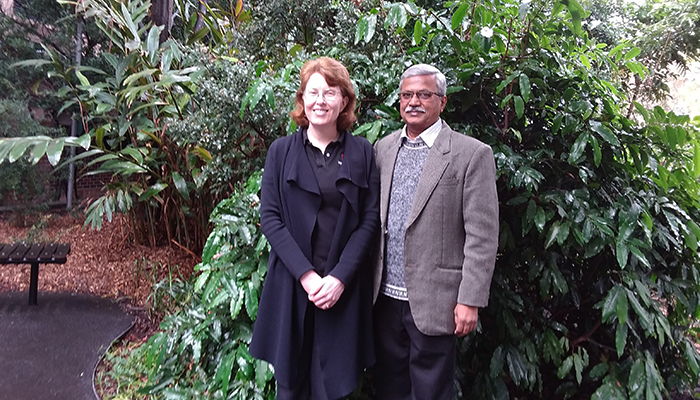
From bush to the lab: Associate Professors Joanne Jamie and Subranyam Vermulpad in the bush tucker garden at Macquarie University.
Yaegl Elders present their customary knowledge at NISEP events, including the annual Science Week Indigenous Science Experience at Redfern. Indigenous youth say they feel a greater connection to their local culture because Yaegl Elders are involved.
NISEP is helping more Indigenous youth to finish school successfully, and achieve their full potential. Even better, some might come to university and study STEM. The current goal is to expand NISEP’s reach – with more university partners, together reaching more kids, schools and communities.
Jamie says, “Macquarie’s vision to embed Indigenous knowledge and perspectives into the various study programs, plus the fantastic work being done by various research teams and Walanga Muru, are leading us in the right direction for exciting study opportunities."
- Joanne Jamie is Associate Professor at the Department of Molecular Sciences.

